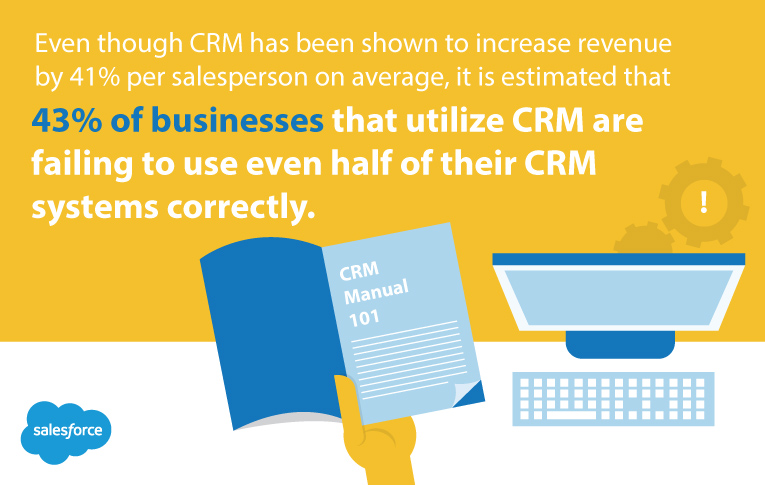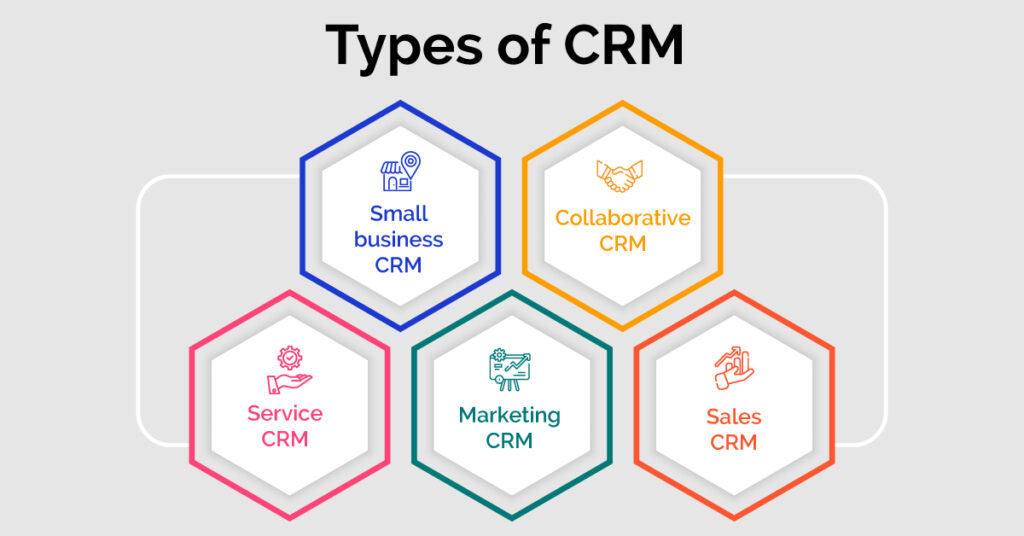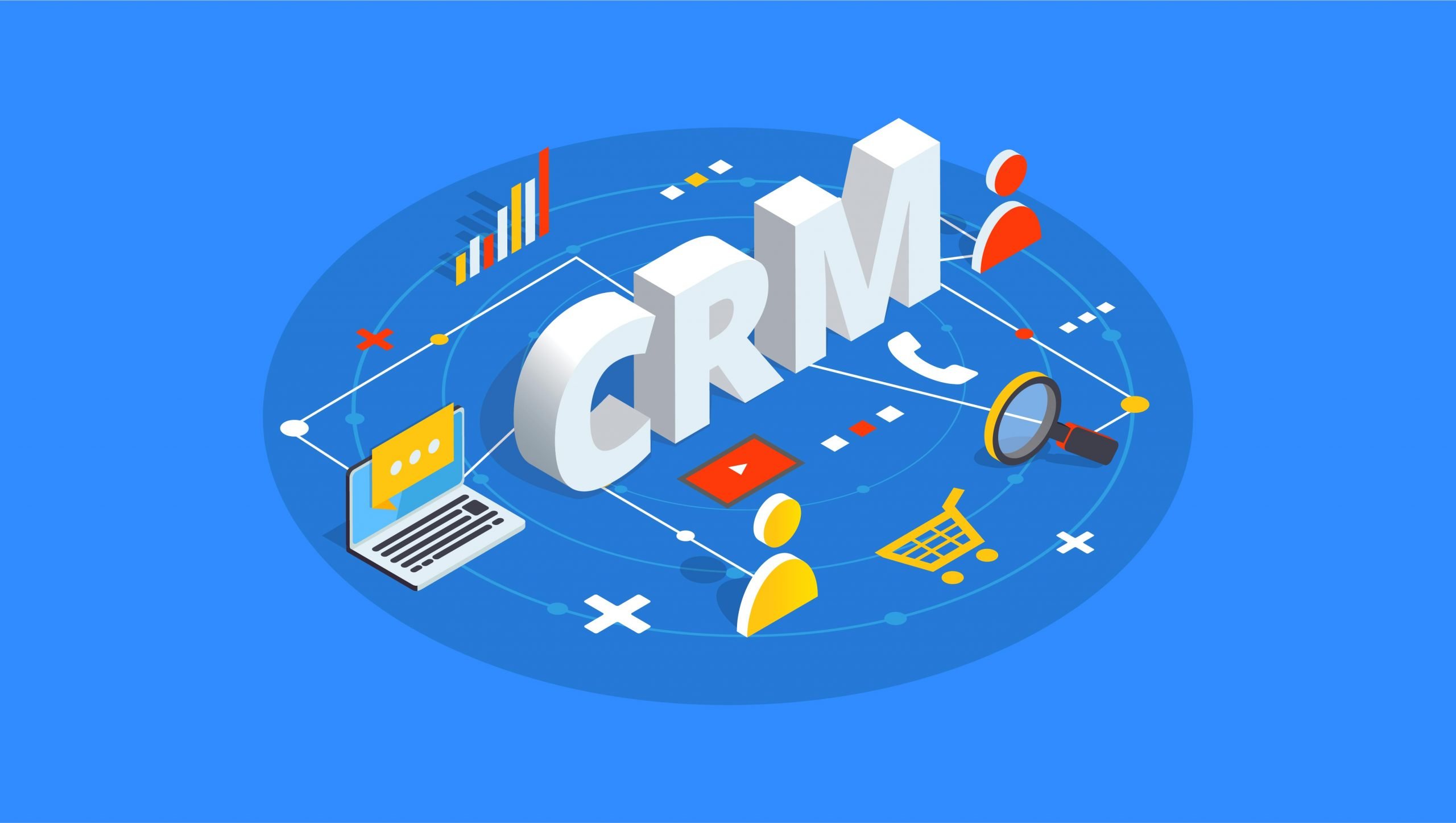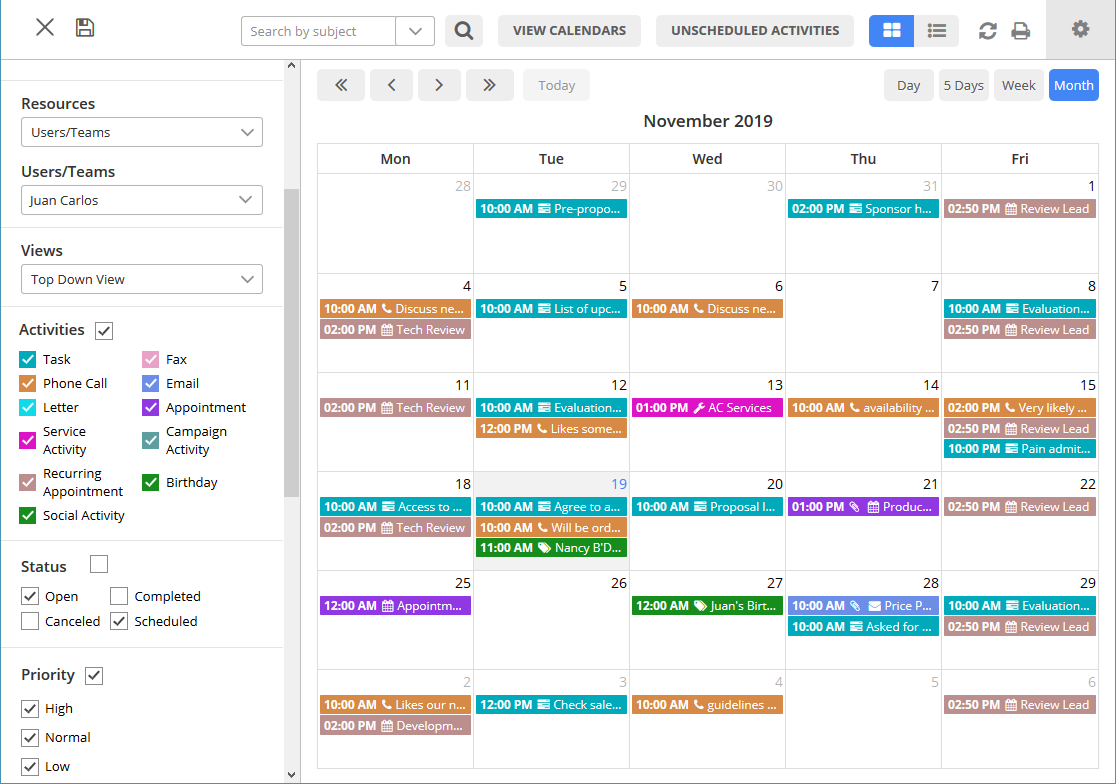
Introduction: The Power of CRM Marketing Content
In today’s competitive landscape, businesses are constantly seeking innovative ways to connect with their audience, nurture leads, and drive conversions. One of the most effective strategies for achieving these goals is through a well-defined CRM marketing content strategy. This guide will delve deep into the intricacies of crafting and implementing a successful CRM marketing content strategy, providing you with the knowledge and tools needed to transform your customer relationships and boost your bottom line.
CRM (Customer Relationship Management) systems are no longer just tools for managing customer data; they are the central nervous system of modern marketing. They provide a 360-degree view of your customers, allowing you to personalize your interactions and deliver relevant content at every stage of the customer journey. A robust content strategy, integrated with your CRM, is the key to unlocking the full potential of your customer relationships.
Understanding the Fundamentals of CRM Marketing
Before diving into the specifics of content creation, it’s crucial to understand the fundamental principles of CRM marketing. This involves:
- Customer Segmentation: Dividing your audience into distinct groups based on demographics, behavior, purchase history, and other relevant factors.
- Customer Journey Mapping: Visualizing the different stages your customers go through, from awareness to purchase and beyond.
- Personalization: Tailoring your content and messaging to the specific needs and preferences of each customer segment.
- Automation: Using CRM tools to automate repetitive tasks, such as email marketing campaigns and lead nurturing workflows.
- Data Analysis: Tracking key metrics and using data to optimize your content strategy and improve your overall marketing performance.
By understanding these fundamentals, you can build a solid foundation for your CRM marketing content strategy and ensure that your efforts are aligned with your business goals.
Defining Your Goals and Objectives
The first step in developing a successful CRM marketing content strategy is to define your goals and objectives. What do you want to achieve with your content? Are you looking to increase brand awareness, generate leads, drive sales, or improve customer retention? Your goals will dictate the type of content you create, the channels you use to distribute it, and the metrics you track to measure your success.
Here are some examples of common CRM marketing goals:
- Increase lead generation: Attract potential customers and capture their contact information.
- Nurture leads: Guide leads through the sales funnel by providing valuable content that addresses their needs and concerns.
- Drive sales: Convert leads into paying customers by showcasing your products or services and providing compelling offers.
- Improve customer retention: Keep existing customers engaged and satisfied by providing ongoing support, valuable content, and exclusive offers.
- Enhance brand loyalty: Build a strong emotional connection with your customers by creating content that reflects your brand values and resonates with their interests.
Once you’ve defined your goals, you can set specific, measurable, achievable, relevant, and time-bound (SMART) objectives. For example, if your goal is to increase lead generation, your objective might be to generate 100 qualified leads within the next quarter.
Identifying Your Target Audience and Their Needs
Understanding your target audience is critical to creating content that resonates with them. This involves:
- Creating customer personas: Developing fictional representations of your ideal customers, including their demographics, psychographics, behaviors, and pain points.
- Conducting market research: Gathering data about your target audience through surveys, interviews, and online research.
- Analyzing customer data: Using your CRM data to identify patterns and trends in customer behavior.
- Understanding their pain points: What challenges are your customers facing? What are their goals and aspirations?
- Identifying their content preferences: What types of content do they consume? What channels do they use?
By understanding your target audience’s needs and preferences, you can create content that is relevant, valuable, and engaging. This will increase the likelihood that they will interact with your content, move further down the sales funnel, and ultimately become loyal customers.
Content Planning and Creation
With your goals, objectives, and target audience defined, it’s time to plan and create your content. This involves:
Content Types:
Consider a variety of content formats to engage your audience. Examples are:
- Blog posts: Share insights, tips, and industry news.
- Ebooks and white papers: Provide in-depth information on specific topics.
- Videos: Create engaging visual content.
- Infographics: Present complex data in an easy-to-understand format.
- Email newsletters: Keep your audience informed about your products, services, and promotions.
- Social media updates: Share engaging content and interact with your audience.
- Case studies: Showcase the success of your customers.
- Webinars: Host live online events to educate and engage your audience.
Content Calendar:
Create a content calendar to schedule your content and ensure a consistent flow of valuable content. Use the calendar to plan out topics, formats, and distribution channels.
Content Creation Process:
Establish a streamlined process for creating content, including:
- Topic research: Identify relevant and engaging topics.
- Content outline: Create a structure for your content.
- Writing and editing: Produce high-quality content that is well-written, informative, and engaging.
- Design and formatting: Ensure your content is visually appealing and easy to read.
- Proofreading: Check for errors in grammar and spelling.
Content Optimization:
Optimize your content for search engines (SEO) to increase its visibility and reach. This includes:
- Keyword research: Identify relevant keywords that your target audience is searching for.
- On-page optimization: Optimize your content for your target keywords, including your title, headings, and body text.
- Off-page optimization: Build backlinks from other reputable websites.
Integrating Your CRM with Your Content Strategy
The true power of CRM marketing lies in the seamless integration of your CRM system with your content strategy. This allows you to personalize your content and deliver it to the right customers at the right time.
Here’s how to integrate your CRM with your content strategy:
- Segmentation and Personalization: Use your CRM data to segment your audience and personalize your content based on their demographics, behavior, and interests.
- Automated Workflows: Set up automated workflows to trigger specific content based on customer actions, such as signing up for your email list, downloading a resource, or making a purchase.
- Lead Scoring: Use lead scoring to prioritize your leads and focus your content efforts on the most qualified prospects.
- Personalized Email Marketing: Send personalized emails to your customers based on their past purchases, browsing history, and other relevant data.
- Content Tracking and Analytics: Track the performance of your content and use the data to optimize your strategy and improve your results.
By integrating your CRM with your content strategy, you can create a more personalized and engaging customer experience, leading to increased conversions and customer loyalty.
Content Distribution and Promotion
Creating great content is only half the battle. You also need to distribute and promote your content to reach your target audience. This involves:
- Email Marketing: Use your CRM to send targeted email campaigns to promote your content.
- Social Media Marketing: Share your content on social media platforms and engage with your audience.
- Search Engine Optimization (SEO): Optimize your content for search engines to increase its visibility.
- Paid Advertising: Use paid advertising, such as Google Ads and social media ads, to promote your content to a wider audience.
- Influencer Marketing: Partner with influencers to promote your content to their followers.
- Content Syndication: Share your content on other websites and platforms to reach a wider audience.
By using a variety of distribution channels, you can maximize the reach of your content and ensure that it is seen by the right people.
Measuring and Analyzing Your Results
To ensure that your CRM marketing content strategy is effective, you need to measure and analyze your results. This involves:
- Tracking Key Metrics: Track key metrics, such as website traffic, lead generation, conversion rates, customer engagement, and customer retention.
- Using Analytics Tools: Use analytics tools, such as Google Analytics and your CRM’s built-in analytics, to track your results.
- Analyzing Your Data: Analyze your data to identify trends, patterns, and areas for improvement.
- Making Data-Driven Decisions: Use your data to make data-driven decisions about your content strategy, such as which content types are performing best, which channels are most effective, and which areas need improvement.
- Regular Reporting: Create regular reports to track your progress and share your results with your team.
By measuring and analyzing your results, you can continuously improve your CRM marketing content strategy and ensure that it is aligned with your business goals.
Examples of Successful CRM Marketing Content Strategies
Let’s look at some examples of successful CRM marketing content strategies to provide inspiration:
Example 1: E-commerce Company
An e-commerce company uses its CRM to track customer purchase history. They then create personalized email campaigns with product recommendations based on past purchases. They also send abandoned cart emails to encourage customers to complete their purchases. They further segment their audience based on their engagement with their content, sending more content to the most engaged customers.
Example 2: SaaS Company
A SaaS company utilizes its CRM to nurture leads through the sales funnel. They create a series of emails that educate leads about their product and its benefits. They offer free trials, webinars, and case studies to demonstrate the value of their product. They also create content based on the leads’ behavior on the website, such as downloading resources or visiting specific product pages.
Example 3: Financial Services Company
A financial services company uses its CRM to provide personalized financial advice to its customers. They create content based on the customer’s financial goals and risk tolerance. They send personalized newsletters with financial tips and articles. They also offer exclusive offers to their existing customers.
Common Challenges and How to Overcome Them
Implementing a CRM marketing content strategy can be challenging. Here are some common challenges and how to overcome them:
- Lack of data: Ensure you have a robust CRM system in place and that you are collecting the right data.
- Lack of resources: Allocate sufficient resources, including budget, staff, and time, to your content strategy.
- Lack of alignment: Ensure that your marketing and sales teams are aligned on your CRM marketing goals and strategy.
- Lack of personalization: Use your CRM data to personalize your content and deliver it to the right customers at the right time.
- Lack of measurement: Track key metrics and use data to optimize your content strategy and improve your results.
By understanding these challenges and taking steps to overcome them, you can increase your chances of success.
Best Practices for CRM Marketing Content Strategy
To maximize your chances of success, follow these best practices:
- Prioritize Data Quality: Ensure that your CRM data is accurate, complete, and up-to-date.
- Focus on the Customer: Create content that is relevant, valuable, and engaging to your target audience.
- Personalize Your Content: Tailor your content to the specific needs and preferences of each customer segment.
- Automate Your Workflows: Use CRM tools to automate repetitive tasks and streamline your marketing efforts.
- Track Your Results: Measure your results and use data to optimize your content strategy and improve your performance.
- Stay Consistent: Publish content on a regular basis and maintain a consistent brand voice.
- Be Patient: Building a successful CRM marketing content strategy takes time and effort.
Conclusion: The Future of CRM Marketing Content
CRM marketing content strategy is a powerful tool for businesses seeking to build stronger customer relationships, generate more leads, and drive sales. By following the steps outlined in this guide, you can create a successful CRM marketing content strategy that helps you achieve your business goals. The future of marketing is personalized, data-driven, and customer-centric. By embracing CRM marketing and content, your business will be well-positioned for success.
By implementing a well-defined CRM marketing content strategy, businesses can transform their customer relationships and achieve sustainable growth. Remember to focus on providing value, personalizing your interactions, and continuously optimizing your efforts based on data. The journey of a thousand miles begins with a single step, so start today and unlock the full potential of your CRM marketing.


